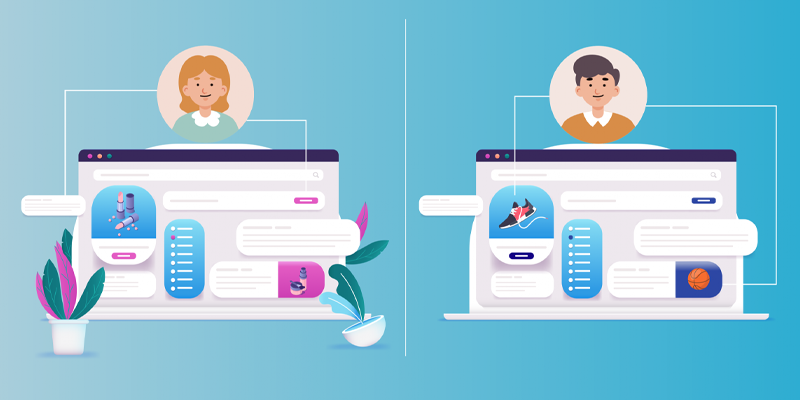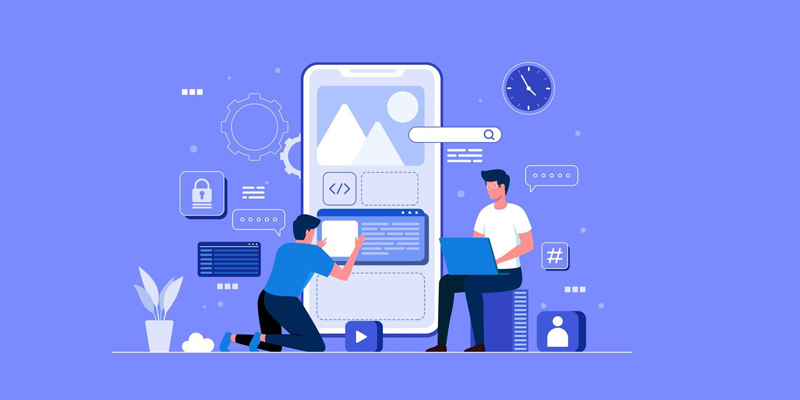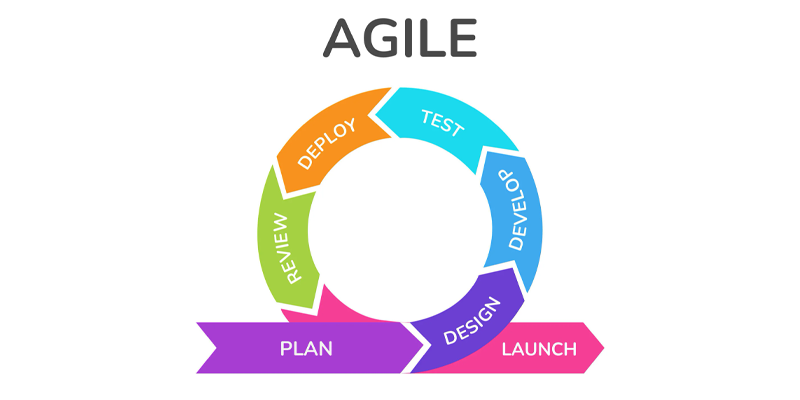Introduction
Website personalization has become a crucial aspect of creating a successful online presence. By tailoring the user experience to individual visitors, businesses can enhance engagement, increase conversions, and build long-lasting relationships with their audience. In this blog post, we will explore the art of website personalization and how it can greatly enhance the user experience.
Understanding Website Personalization
Website personalization involves customizing the content, design, and functionality of a website to meet the specific needs and preferences of individual users. It goes beyond simply displaying a visitor’s name or location; it aims to create a unique and personalized experience for each person who interacts with the website.
Personalization can be achieved through various techniques, such as dynamic content, targeted messaging, personalized recommendations, and tailored user journeys. By analyzing user data, businesses can gain insights into individual preferences and behaviors, enabling them to deliver relevant and timely content that resonates with their audience.
The Benefits of Website Personalization
Implementing website personalization can have a significant impact on user experience and overall business success. Here are some key benefits:
1. Improved User Engagement
Personalized websites create a more engaging experience for users. By showing content that is relevant to their interests and needs, visitors are more likely to stay on the site longer, explore different pages, and interact with the brand. This increased engagement can lead to higher conversion rates and improved customer satisfaction.
2. Increased Conversions
When users feel that a website understands their needs and preferences, they are more likely to take the desired actions, such as making a purchase, signing up for a newsletter, or filling out a form. By delivering personalized messages and recommendations, businesses can effectively guide users through the conversion funnel and increase the likelihood of conversion.
3. Enhanced Customer Loyalty
Personalization helps businesses build stronger relationships with their customers. By consistently delivering relevant and valuable content, businesses can establish trust and loyalty with their audience. Personalized experiences make customers feel valued and understood, leading to repeat visits, increased customer lifetime value, and positive word-of-mouth referrals.
Best Practices for Website Personalization
While implementing website personalization can be a complex process, there are some best practices that can help businesses get started:
1. Collect and Analyze User Data
Collecting and analyzing user data is essential for effective personalization. By understanding user behavior, preferences, and demographics, businesses can tailor the website experience to meet individual needs. Use analytics tools, surveys, and user feedback to gather valuable insights.
2. Segment Your Audience
Segmenting your audience allows you to create personalized experiences for different groups of users. Divide your audience based on demographics, interests, behaviors, or any other relevant criteria. This segmentation enables you to deliver targeted content and messages that resonate with each segment.
3. Use Dynamic Content
Dynamic content refers to elements on a website that change based on user data or behavior. For example, displaying product recommendations based on browsing history or showing location-specific offers. Dynamic content creates a more personalized experience and increases the chances of user engagement and conversion.
4. Implement A/B Testing
A/B testing allows you to compare different versions of personalized content to determine which one performs better. Test different headlines, images, calls-to-action, or layouts to identify the most effective personalization strategies. Continuously optimize your website based on the results of these tests.
5. Balance Personalization and Privacy
While personalization is powerful, it is important to respect user privacy and data protection regulations. Be transparent about the data you collect and how it will be used. Allow users to opt-out of personalized experiences if they prefer. Striking the right balance between personalization and privacy builds trust with your audience.
Conclusion
Website personalization is an art that can greatly enhance the user experience. By tailoring the content, design, and functionality of a website to meet individual needs, businesses can improve engagement, increase conversions, and foster customer loyalty. By following best practices and striking the right balance between personalization and privacy, businesses can create truly exceptional online experiences for their audience.





